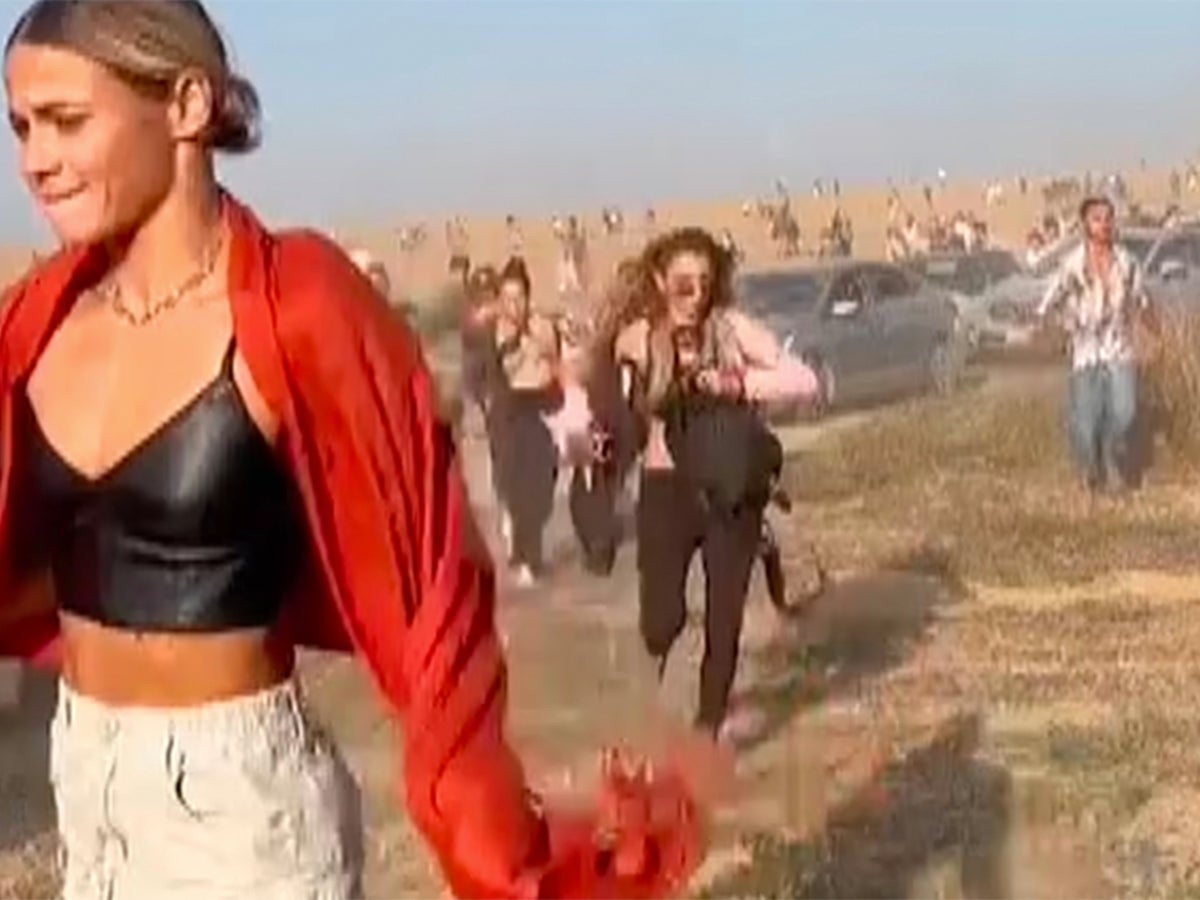Penning this article isn’t easy because it dives into real-life events using film and cultural theory. Before we get started, it’s essential to emphasize my deep sympathy for the victims of the tragedy. I don’t personally view them as sinful or deserving of harm. Instead, we’re going to explore how this narrative might be manipulated for propaganda and social conditioning.
Israeli intelligence has a reputation as one of the world’s most formidable, a necessity due to the multitude of adversaries faced by the Jewish state. Consequently, there is a prevailing belief among many that given their exceptional intelligence capabilities, it seems implausible that they were completely unaware of an impending attack of this scale and magnitude.
This raises the critical question of why an event of this nature would be permitted to take place and what potential advantages it could offer to the authorities. While there is no doubt that this was an authentic attack orchestrated by Hamas, speculation arises as to whether it might have been allowed to occur to garner support for an escalation in hostilities against the Palestinian state and, subsequently, against certain neighbouring nations viewed as hostile by Israel.
With this in mind, it becomes interesting to scrutinize the very essence of the narrative that has unfurled in connection to these attacks. Regardless of the extent of control or orchestration inherent in this narrative, it can be likened to the conventions found in cinema, where the interplay between the joyful and the brutal, between abandon and morality, is masterfully wielded to captivate our attention and intensify the emotional impact and trauma.
One of the narratives that has received the most coverage is the attack on the outdoor SuperNova festival, with harrowing images of barefooted young adults being chased down and brutally massacred by rabid fanatical Hamas terrorists. Many compared it to a teen slasher Horror movie. With horrific accounts of slaughter rape and dismemberment.

In dissecting the slasher horror genre, we uncover a recurring theme: a hidden puritanical message lurking beneath the surface. In these films, it’s often the characters who engage in behaviours considered “sinful” by society—like substance use, rebellion, premarital sex, or reckless revelry—who find themselves squarely in the crosshairs of relentless killers.
The underlying lesson these movies try to teach us is clear: stepping away from the well-trodden path of societal norms can lead to a grim fate, potentially ending in punishment or, quite literally, death. It’s a stark reinforcement of traditional conservative values, emphasizing the importance of sexual restraint and unwavering conformity.
This theme is notably evident in iconic horror classics like Halloween, Friday the 13th, and the cleverly self-aware cabin in the woods or Scream franchise, which adds a modern twist to the genre’s age-old dynamics. These movies not only scare us but also provide an intriguing commentary on societal norms and the consequences of deviating from them.
Israel like many nations is a divided nation with some having greater empathy for the plight of Palestinians than others. The attendees of the festival with its billing as a celebration of peace and love are likely to have greater sympathy for the Palestinians with a desire to share with them greater freedoms. They are very much representative of subculture within Israel especially amongst its youth.
If the goal is to make more Israelis adopt a tougher stance on the Palestinian situation, this story can be quite effective. It targets those in society who don’t share the government’s preferred values and beliefs. Within the brutal realm of slasher films, the survivors, usually epitomized by the conventionally “pure” “final girl,” emerge from the bloody wreckage to bear the burden of rebuilding and upholding traditional values. A conclusion that involves a return to order and the re-establishment of societal norms.
It’s a journey of the loss of innocence and naivety. The contrast between the carefree celebration and the subsequent violence highlights the idea that overindulgence may bring harm to individuals . The violence representing a harsh awakening to the moral realities of the world.
You may also want to check out the linked article below, as it has a connection to the topic

Comments